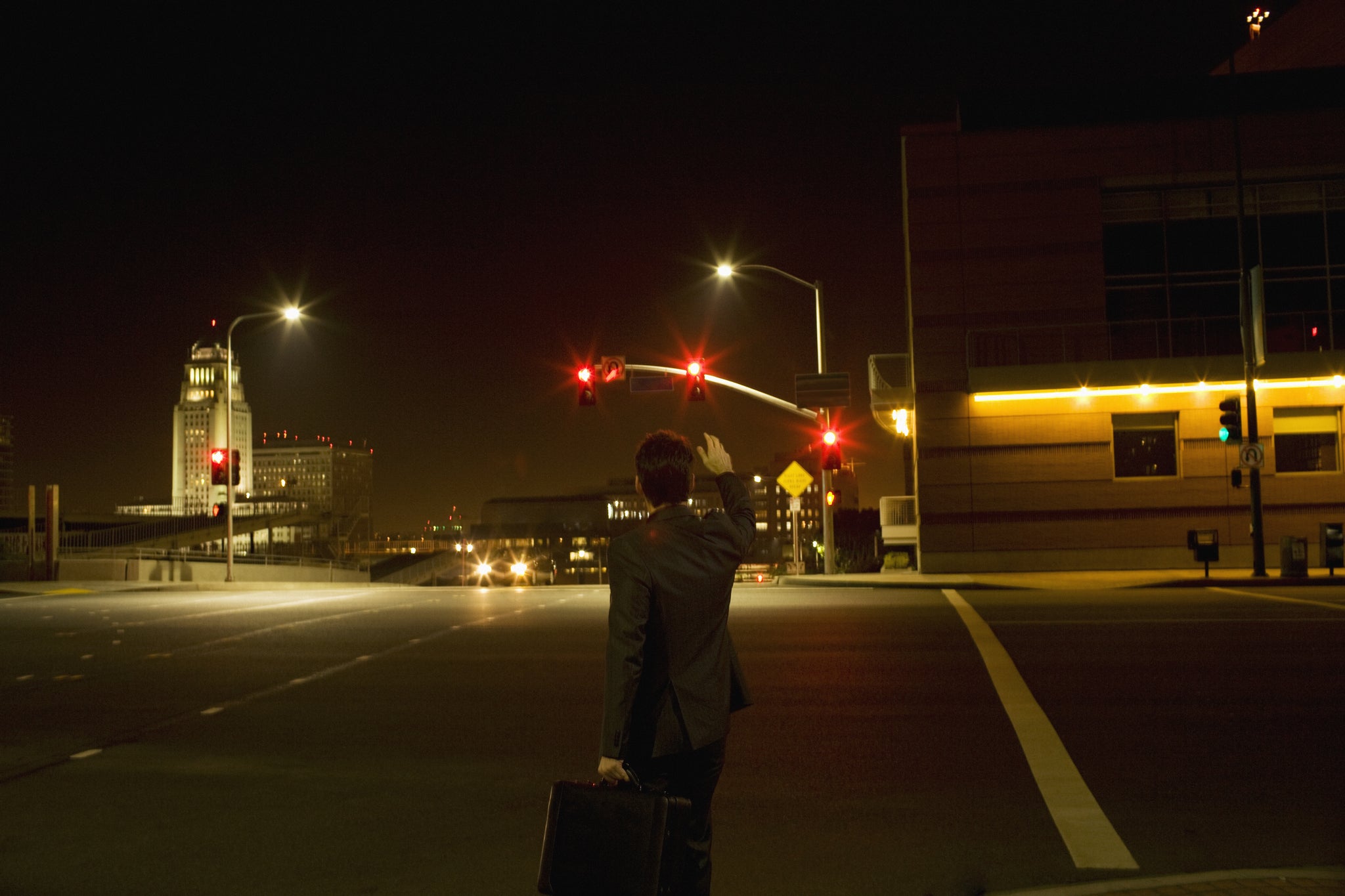'Hollywood will never look the same' as LA's iconic yellow street lights are set to be replaced with blue-tinted LEDs
The city's palette has been key to the style of many movies

The city of Los Angeles is in the process of switching out its high-pressure sodium streetlights for more modern LED ones, a seemingly banal piece of road maintenance that could have a profound effect on American cinema.
The yellowish glow that seems to emanate from the streets of LA has long since held an aesthetic attraction to filmmakers with a keen eye for a shot, giving the city a jaundiced look and making its interchanges appear as sickly capillaries.
Its stylistic benefits have been felt in countless films and were integral to many modern ones including Drive, End of Watch and Collateral, the latter of which was relocated to LA from New York City partly because of its colour tones.
This depiction of Hollywood is soon to become an historic one however, with the city's acidic look set to be replaced a more clinical, bluish one, on which Dave Kendricken of No Film School writes: 'Hollywood will never look the same.'
The re-colouring effect of the new LED bulbs, which are also being implemented in New York and many other cities around the world, can be limited in post-production, but Photoshop may struggle to mask them completely.
"The interesting thing about non-tungsten artificial light sources is that they often produce a non-continuous or incomplete spectral output," Kendricken notes.
"This can affect the appearance of certain colors under that output. More simply, you can't really put colors back in that weren't there to begin with, even by gelling such a light source or color correcting in post."
Films made prior to the change in lighting will now serve not only to encapsulate the mood of a city but root it in a specific time.
"In a sense, every night exterior L.A.-shot film previous to this change is rendered a sort of anthropological artifact," Kendricken added. "An historical document of obsolete urban infrastructure."
Los Angeles at night
Show all 12Subscribe to Independent Premium to bookmark this article
Want to bookmark your favourite articles and stories to read or reference later? Start your Independent Premium subscription today.

Join our commenting forum
Join thought-provoking conversations, follow other Independent readers and see their replies